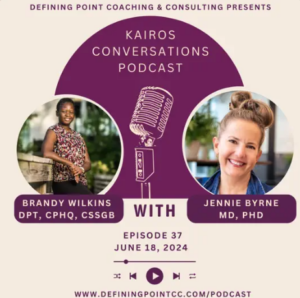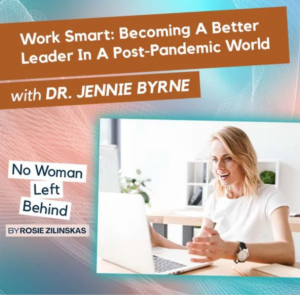What were the best things you learned publishing your book?
One of the main reasons I joined a cohort to write a book was because I wanted to be a better storyteller. As a scientist, I knew how to tell stories with data, and I loved reading, but I never wrote stories.
I expected to learn things like story structure, the arc of a story, how to design characters, etc. But the first thing I learned was that I had a wealth of personal stories which wrote themselves. When I talk with other people, I often use stories from my own background to illustrate a point or to demonstrate empathy and common experience. Turns out that writing is story is similar to telling a story.
Early in the process, we focused on was writing our own stories. I was very skeptical about this at first. Why were my personal stories important to a book about the future of work and how to improve the workplace?
In the same way that during spoken conversation, I would use a story to illustrate a point or demonstrate empathy in the book. My personal stories were easy to write because I had repeated them to myself many times, and often told them to others. They made the nonfiction book stronger by making it personal and more emotional.
The next interesting thing I learned about stories was that by interviewing other people, you access their stories. I started interviewing friends and sometimes strangers. I was surprised at the rich depths that each person had within. The key was asking the right questions and listening.
One of the tools which really helped me be a better listener was a tech tool to transcribe voice to text. I found that transcribing the interview took the pressure off me to take notes. I could be a better listener. When the interview was over, I could look at the transcribed notes and pull out sections or quotes rather than rely on my own memory to re-tell the story.
Another fun thing I learned about stories was that when you are stuck, you can use a well-known story archetype to get the story flowing. Almost any story can be fit into one of the seven basic plot lines. I found that when a story was getting stale and static, re-framing it within a basic plot line gave it energy and flow.
Outside of the stories themselves, I learned that nonfiction books tend to use formulas. If you examine your favorite books, and strip away the actual writing, you see formulas. For example, one nonfiction book chapter might look like:
QUOTE – a quote at the beginning of the chapter to set the tone
HOOK – a short phrase or a few sentences to catch the reader’s attention and get them curious
PERSONAL STORY – leading with emotion and color to pull you in
BRIEF TEACHING – a short section which teaches about the chapter topic
PRIMARY INTERVIEW STORY – a story that the author got directly from someone else to highlight the point in the brief teaching
LONG TEACHING – a longer section to go deeper into the topic with facts and data
SUMMARY – a wrap-up to solidify learning from the chapter
This blew my mind. Once I saw the patterns that my favorite nonfiction authors used, I created my own template(s) for chapters and sections. Once I had my personal template, it was much easier to find a place for my writing and to see where I had gaps.
Templates also made it easier to flow. I could write a complete chapter very quickly. If I already had the stories and the facts ready to go, I could sit down and write an entire chapter from start to finish in a few hours.
If you have read my book, I am curious which section felt the easiest to read? I intentionally wrote the middle sections first, then the end, then the beginning. The Introduction had the most re-working over time. Chapters 1-3 felt very natural to write because I had already written all the other chapters using my templates. Did you notice that Chapters 1-3 flowed easier than the other chapters?
Finally, I learned that I have writing tics. I write long sentences with lots of commas and dashes. I use the word “that” frequently. I slip into professor mode and use complicated terminology. I use filler words and qualifying phrases: “like”, “in order to”, “a little bit”, etc.
In the editing process I made several passes through the text highlighting my most common tics. I learned to remove a ton of words and simplify. I made things punchier. I started using words and phrases with more impact like “let’s make work not suck”. I separated paragraphs and shortened sentences.
Are the tics gone? Definitely not. But now I can often catch them in real time and edit before the words are on the page. Even as I am writing this page, I am catching my tics and fixing them.
In writing and editing my first book, I learned about the architecture of books. From the single word to the phrase to the chapter and section structure, I see nonfiction books in a new light.







